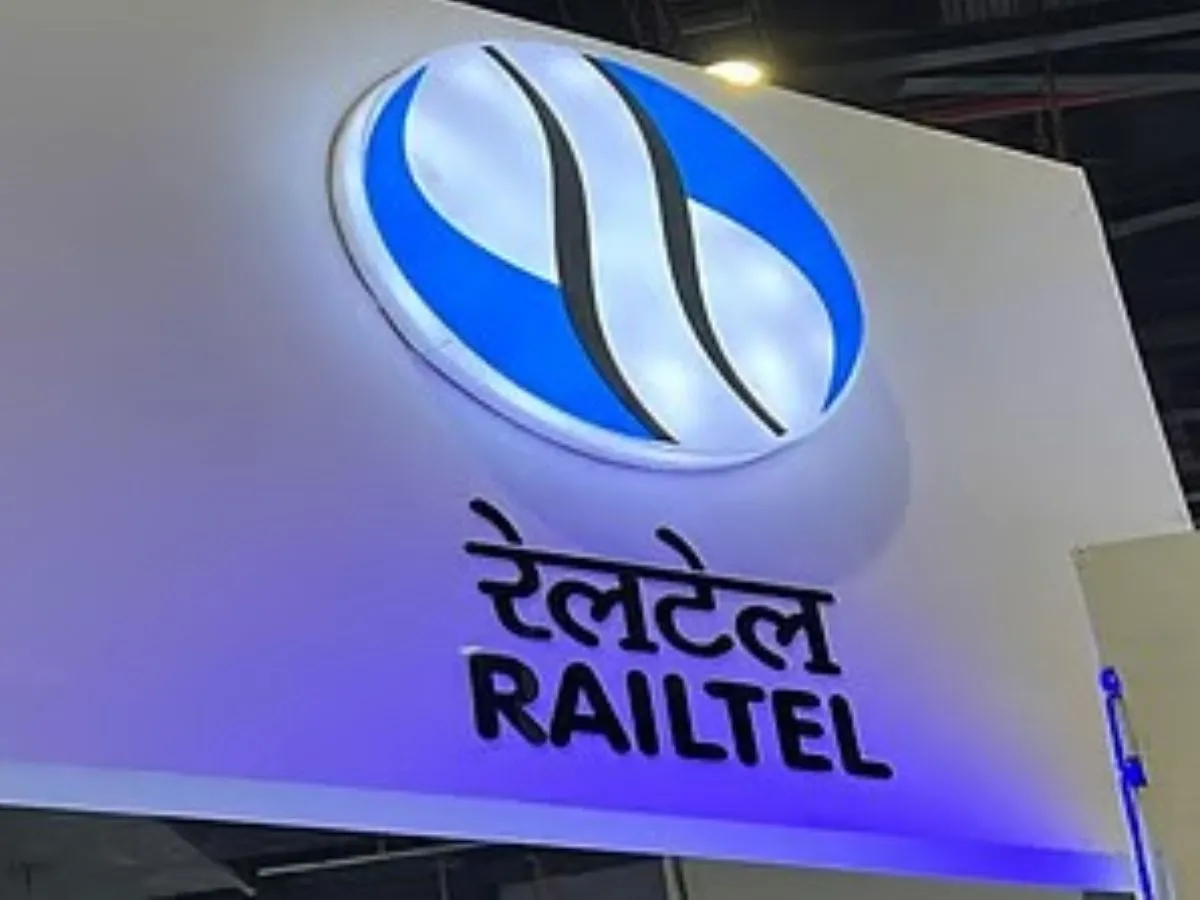Previously, private equity (PE) funds focused on Indian real estate were content with investments at the project level. Now, investors’ preference is now gradually tilting towards entity level investments. Data trends from ANAROCK’s recent report Private Equity in Indian Real Estate indicate that the share of entity level investments is on the rise.
Project Vs entity level – What’s the difference?
Entity level investment is an efficient strategy to get a firmer foothold in the real estate market. It allows a private equity investment firm to not only deploy its capital but also gain synergetic skills in the real estate marketplace. PE firms invariably look for high levels of corporate governance in a real estate development company before deciding to invest in it at an entity level.
Project level investments take shorter term view of capital deployment as they do not necessarily involve partnering with the developer over the long haul. Rather, a PE firm will invest in a developer's project, which involves a lower commitment and is, for that reason, a less risky approach to investing in real estate.
Entity level investments, on the other hand, involve multiple projects and require the forging long term business alliances. They require a thorough due diligence of the entity’s financials, as opposed to project level investments where the PE fund will primarily seek to understand the financials of an individual project.
There are well-established benefits to entity level investments. Once a PE firm and its developer partner have established synergy, more options to deploy further funding open up. In the current cash crunch scenario of the Indian real estate industry, this is significant as longer term funding can help the developer address long term issues rather than merely seek short term solutions.
While entity level investments by PE players come at the cost of lower returns and higher due diligence requirements, they are of greater overall value for the real estate market in general and developers and PE players in particular. An increase in entity level investment alliances implies increasing confidence in developers with high corporate governance scores. As such, they bode well for a market, which is making determined strides towards deeper organisation.
Entity level investments surge
From an overall 22 per cent share in 2015 and 2016, entity level investments increased to a share of over 39 per cent during 2017 and 2018. In actual value terms:
- During 2015 and 2016, nearly $1.1 billion funds were pumped into the Indian real estate at the entity level.
- In the 2017-2018, it was nearly $3.3 billion.
Back in 2007, investors were investing all across – largely at the project level – as the picture looked fairly rosy then. However, post the Lehman Brothers crisis in 2008 and up to 2014, they became more selective. They refocused on select developers with good past track records, and with whom they felt comfortable.
As in any relationship, a comfort level comprises of various dynamics. With private equity players, it primarily hinges on a developer delivering consistently and factoring in their funding partners' expectations – not just their own requirements.
Despite this new focus on comfort and credibility, PE investments remained limited largely to the individual project level. This approach was much in evidence in the 2015 to 2018, wherein approx. Two third of PE investments in Indian real estate were at the project level. Of the total $14.01 billion PE funds in Indian real estate over the last four years, more than $4.4 billion were infused at the entity level.
A deep dive into data reveals that the focus on portfolio or entity level investments picked up momentum in the latter half of the period between 2017 and 2018. In this period, entity level private equity inflows almost tripled compared to the previous two years.
Top three entity level deals between 2015-2018
Investor | Investee | Deal Size in USD mn |
GIC | DLF | 1,390 |
Blackstone | Indiabulls Real Estate | 730 |
CPPIB | Indospace | 500 |
Source: ANAROCK Research
For these plays, institutional investors used a combination of vanilla and structured equity for investments into projects. That said, they found greater comfort with vanilla equity while investing at the entity level, considering the longer term focus at the entity level, and also the limited availability of structural options while investing at this level.
The major reason for this change is that institutional investors are now looking at long term partnerships with fruitful returns over a long period, rather than the earlier focus on short-term gains.
Commercial real estate retains the winning hand
As anticipated, the commercial office segment accounted for the maximum share with 59 per cent of entity level investments over the last four years.
- Entity level investments in commercial real estate accounted for a mere 13 per cent share in 2015-2016.
- Such investments increased to a share of nearly 74 per cent during 2017 and 2018 (approx $2.5 billion)
Sectors | % share of total USD 1.1 bn entity-level inflows in 2015-16 | % share of total USD 3.3 bn entity-level inflows in 2017-18 |
Commercial | 13% | 74% |
Logistics & Warehousing | 0% | 17% |
Mixed Use | 25% | 0% |
Residential | 62% | 4% |
Retail | 0% | 5% |
Source: ANAROCK Research
What changed the game?
The constant talk of these factors has, perhaps, become something of a cliché. Nevertheless, it was primarily the improved transparency brought on by a completely new regulatory approach and policy regime that turned the tide for Indian real estate. There were also far more favourable macro-economic indicators, including IMF’s forecast of India’s GDP growth rate, at play.
Thanks to these positive market signals, private equity investors once again reposed their faith in the Indian real estate sector – particularly in commercial real estate. In fact, the new sunshine sectors of logistics and warehousing as well as retail real estate attracted entity level PE investments.
The residential sector, on the other hand, witnessed a massive decline in entity level PE inflows. Here, investors favoured investments at the project level as this mitigated their risk exposure in an uncertain market segment.
Other key takeaways
- In the past four years, out of total $4.4 billion entity level investments in real estate, the commercial segment received a 59 per cent share, followed by residential with a 18 per cent share, logistics and warehousing at 13 per cent, mixed-use projects at 6 per cent and retail at 4 per cent.
- Massive growth in the commercial sector – from just 13 per cent of a total of $1.1 billion funds at entity level in 2015-2016 to 74 per cent of a total of $3.3 billion in 2017-2018.
- The period between 2017-2018 saw meaningful entity level investments in the logistics and warehousing sector; entity level investments in retail also picked up in this period (after a lull in 2015-2016).
- Entity level investments in residential real estate witnessed a sharp drop from a 62 per cent share to just 4 per cent.



















